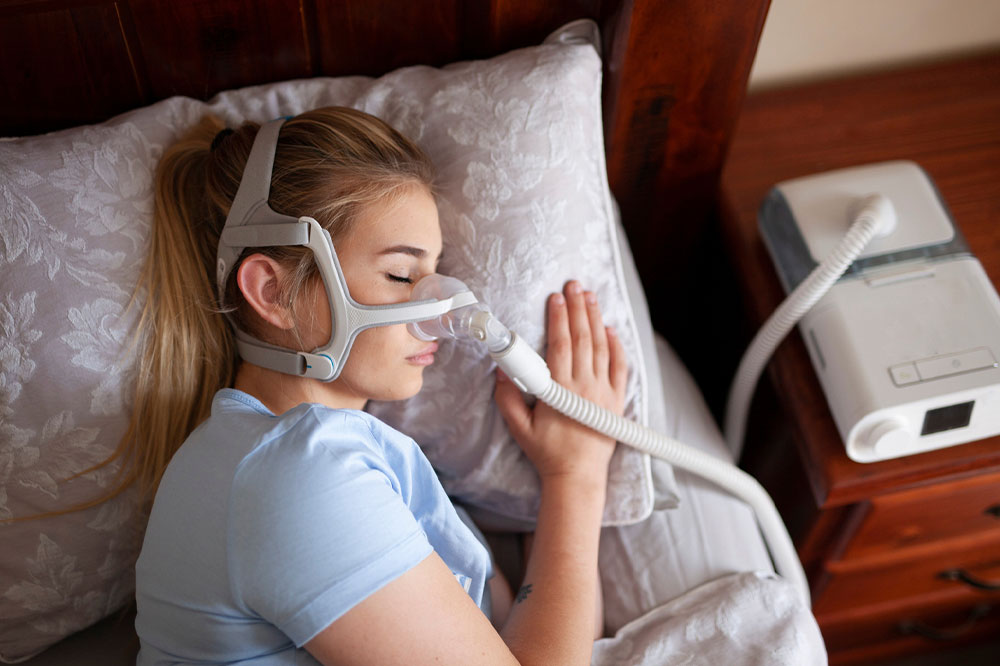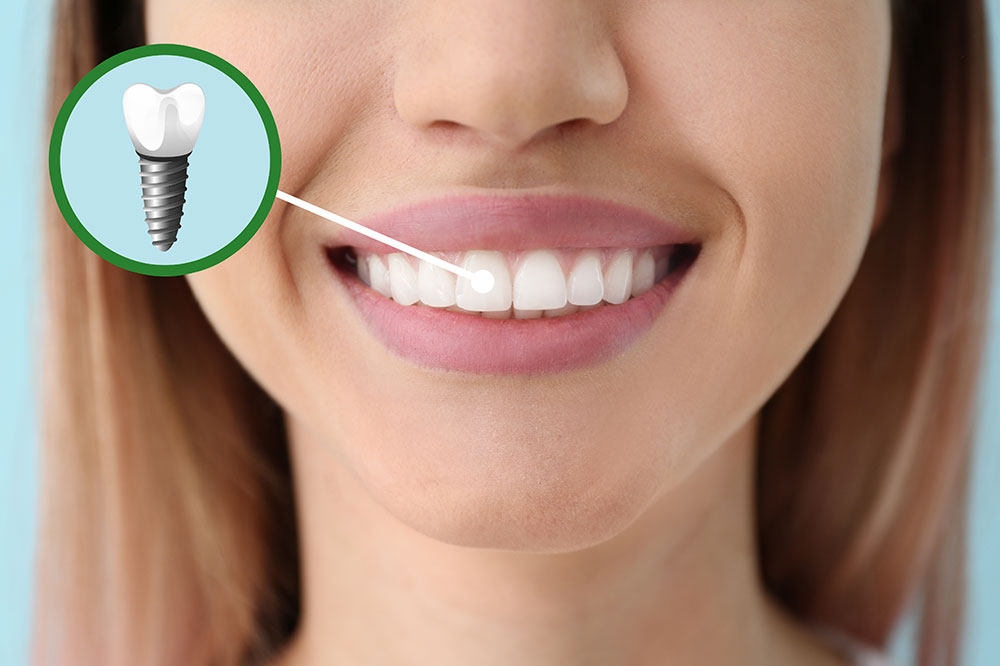Understanding Sleep Apnea, Its Causes, and Management

Sleep apnea is a condition that causes abnormal breathing patterns while the patient is sleeping. It is among the most common sleep disorders and affects 22 million people in the country. While the symptoms might make the disorder seem manageable, it can be life-threatening. The relaxed or collapsed muscles of the airway can cause breathing difficulty and might cause choking. It is important to be aware of the symptoms and treatment options to deal with the condition.
Causes
Both physical and other health conditions can be causes of sleep apnea in patients. A higher body mass is one of the contributing factors to this condition. Excess amounts of fat in the neck region can be a cause of airway obstruction. The sleep apnea caused by such obstruction is known as obstructive sleep apnea. Alternatively, sleep apnea might also be caused due to endocrine disorders such as acromegaly, PCOS, and hypothyroidism. Acromegaly can swell up the throat and the tongue that obstructs the airway.
Some people might even develop sleep apnea that results from interference in transferring brain signals to the respiratory system. Some causes of sleep apnea are:
Age
Age is a major contributing factor to increased chances of developing both obstructive and central sleep apnea.
Anatomical characters
Anatomical features like the size and positioning of a person’s tongue, jaw, tonsils, neck, and tissues surrounding the back of the throat can affect the airflow. People with enlarged adenoids and tonsils or thick necks may have narrow airways. It can make breathing difficult by blocking the airway. All of these might result in the development of obstructive sleep apnea.
High body mass
High body mass is one of the leading factors that can lead to the development of sleep apnea. The excessive fat deposition around the upper airway of the respiratory system presses on the muscles exerting pressure on the airway. The pressure might make it difficult to breathe normally. There have been studies that have shown an increased risk of sleep apnea caused due to rise in body mass.
Sedatives
Sedatives and certain other treatment options help relax the airway muscles and the throat tissue. However, this also increases the chance of developing obstructive or central sleep apnea.
Genetics
Family history is an important contributing factor here. A person with a family history of sleep apnea is at a higher risk of developing the condition than others.
Nasal blockage
Congestion makes it difficult to breathe comfortably. Nasal and airway blockage can further reduce the ability to breathe properly and be a cause of obstructive sleep apnea.
Sleeping on the back
Sleeping on the back causes the airway tissues to collapse and may cause blockages. This can cause restlessness, snoring, as well as obstructive sleep apnea.
Health conditions
Some medical conditions like type 2 diabetes, Parkinson’s disease, congestive heart failure, and high blood pressure can increase your risk of developing sleep apnea.
Hormonal conditions
Imbalanced thyroid or excessive presence of growth hormone may lead to an increased risk of one being susceptible to developing obstructive sleep apnea. It is because the hormones cause swelling of tissues around the airways and make breathing difficult.
Signs and symptoms
Some common signs and symptoms of sleep apnea include frequent and loud snoring, reduced breathing, and gasping for air while sleeping. Improper and restless sleep can result in symptoms like impaired motor skills, sleepiness, decreased attention, and daytime fatigue.
Daytime fatigue
Increased daytime fatigue is a common sign of sleep apnea in most cases. A person with sleep apnea might not even be aware that their fatigue might result from sleep apnea. This is a cause of concern as the quality of sleep of the patient is compromised and can also be accompanied by low energy levels, irritability, and drowsiness.
Loud snoring
Loud snoring is one of the primary and commonly occurring signs of sleep apnea. This is because the back of the tongue is resting over the soft palate of the throat resulting in the blockage of the airway. This blocked airway can cause loud noises when the person is breathing. The snoring is enhanced when the patient sleeps on their back, and the airway tissue collapses.
Hypertension
The blockage of the airways can cause a lack of oxygen in the body. Since the lung lacks proper oxygen supply, it is also insufficient in the blood. The drop in oxygen levels in the body can cause cardiovascular diseases. One of the problems with decreased oxygen supply is high blood pressure. Reduced air and oxygen supply can also cause the patient to abruptly awaken during the night because of gasping or choking.
Night sweats
A prevalent symptom of sleep apnea, generally seen in children, is sweating at night. Research suggests sleep apnea could result in increased cortisol levels or other stress hormones in the body. The body produces excessive cortisol to be able to breathe normally. This rise in cortisol can cause night sweats.
Treatment
Sleep apnea treatment is primarily aimed at keeping the airway open and maintaining proper airflow. However, the type of treatment the doctor recommends highly depends on the severity of the patient’s condition. Some common options for treatment include:
Breathing devices
A preferred type of treatment involves the use of Continuous Positive Airway Pressure or CPAP devices. It is commonly used for sleep apnea treatment. The device comes with a mouth mask that covers the mouth and the nose that supplies oxygen to the patient. The mask is connected to the motor by way of a tube that blows air into the mask preventing abnormal or obstructed breathing.
Implants
Patients that have chronic sleep apnea are suggested to have an implant. The treatment involves a minor surgical procedure that lets doctors place an implant device in the body. The device is approved by the FDA and can help regularize breathing. It can detect abnormalities in breathing patterns and stimulate the airways when the patient is sleeping.
Nerve stimulators are also a viable option to treat sleep apnea. The simulator is installed in the hypoglossal nerve that helps control tongue movement.






